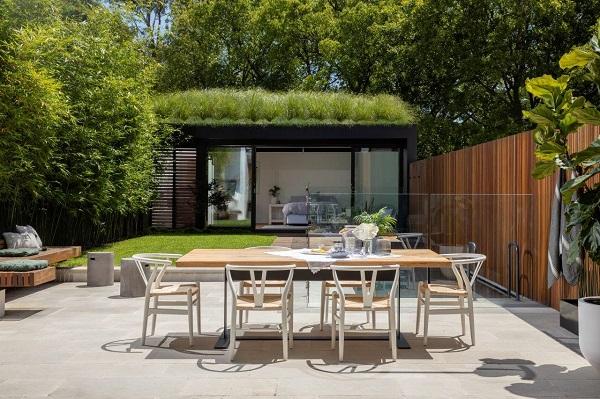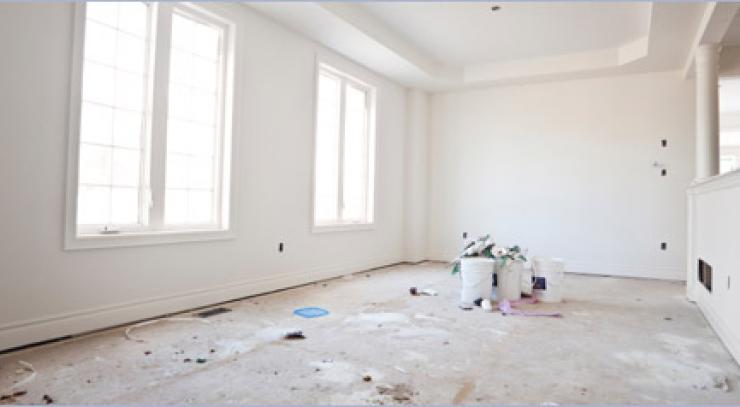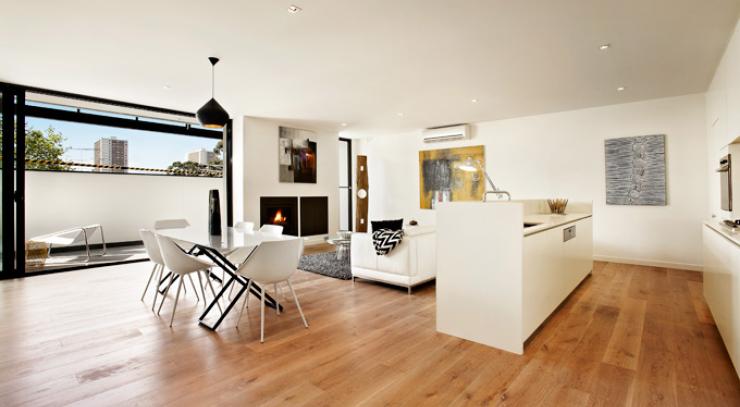With the wet La Nina summer weather predicted to continue into February and March, now is a great time to explore ways of capturing and using rain water before it gets lost in storm drains and adds to pollution in waterways.
“A significant amount of precious storm water is lost to us and adds pollution to our waterways as unfiltered rain runs straight into rivers and oceans,” says co-founder and creative director of Landart Landscapes, Matt Leacy.
“Creating a rain garden or storm water-smart garden is something property owners can do to make good use of rainfall,” Matt advises.
Rain gardens are self-watering and low maintenance and help to reduce use of water in the garden, as well as filtering and purifying water so that it is then safe to be reused. Of course, not everyone is in the position to be able to create a fully-fledged rain garden, but there are things everyday Aussies can do in their outdoor spaces to play their part.
Not only is a rain garden environmentally friendly and water efficient, but it can also boost overall property value and financial savings on water rates, points out, saying that rain gardens can be created in a number of ways.
“Research and consultation with a landscape designer on what will work best for a particular space is always advisable,” Matt says.
Some options include downpipe diversion, a green roof, in-ground, planter box, tank diversion, swale and a vegetable rain garden.
Matt says that the first thing to do is to choose where you are going to capture the bulk of your storm water from, for example, a downpipe, a driveway or pathway, or from a rainwater tank.
“Choose a planter box that fits your space or excavate a trench that leads water to a lower lying point in your garden. You will need to layer your planter box with gravel, soil and sand, and then a bottom layer of gravel to aid with water filtration, and to allow the water to drain freely at the base into an exit pipe.”
It’s important to use a waterproof liner for your planter box to ensure the storm water is captured for reuse and if you’re creating an in-ground rain garden, dig the area with a gentle slope away from the house.
“You will also need to dig a shallow trench that re-directs water to this part of your garden where it can be captured and released, ready to be absorbed and filtered by plants and engineered soil. You will also probably need to plumb in pipes.”
Matt recommends speaking to your local nursery to check the best plants to use in your rain garden, and suggests some good options like kangaroo paws, native grasses, native rushes and Dianella.
“The main thing is to ensure that whatever you choose is both drought-tolerant and able to withstand heavy rain and water. Native plants tend to be lower maintenance and more suitable than introduced species.”
Rain gardens should be covered with mulch to retain moisture, gravel also works well.
While rain gardens are very low maintenance, weeding will still be needed until plants have matured. And you will also need to monitor the garden in its first heavy downpour to ensure the water is evenly distributed. Some plants or rocks may be needed to help control erosion too.
And watering might still be needed if you hit a dry spell, at least until your plants are established.
Again, Matt recommends speaking to an expert: “Working with a landscape designer will allow you to further maximise the land on your property for rain gardens – whether that’s via a rooftop garden or a more complex built-in in-ground system.
“Rooftop gardens require a structural engineer to check the roof is properly intact and suitable for the type of rain garden you’re planning to do, and some in-ground systems require plumbing – all of which a great landscape designer should be able to manage for you.”
By implementing storm water-smart landscaping solutions in urban areas, everyone can help to reduce water usage and lessen the impact of storm water run-off on waterways, Matt concludes.




























